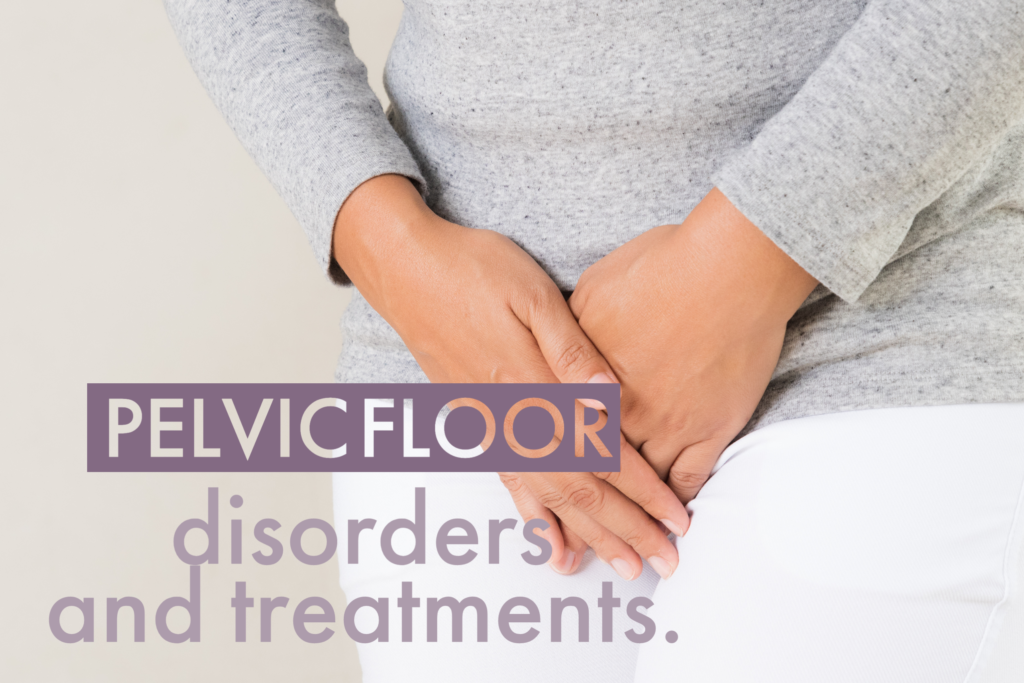Pelvic floor issues in women are common. Childbirth, being overweight, genetics and aging can all affect our pelvic floor. Thankfully, there are some simple treatments available to remedy this problem.
What is the pelvic floor?
Both men and women have a pelvic floor. It’s a group of muscles located between the tailbone and the pubic bone. They support your bowel and bladder. In women, they also support the uterus and the vagina.
What are some common pelvic floor disorders?
The three most common pelvic floor disorders are:
- Urinary incontinence, or lack of bladder control.
- Fecal incontinence, or lack of bowel control.
- Pelvic organ prolapse, or the bulging or relaxation of one or more organs in the pelvis that cause them to “drop” within the vagina and cause a bulge through the vaginal canal.
Are there any common symptoms for pelvic floor disorders?
If you suspect you have a pelvic floor disorder, you may experience some of the following symptoms:
- A heavy sensation in the vagina.
- Urinary problems, such as incontinence, feeling an urgent need to urinate, painful urination or not being able to empty the bladder completely.
- Bowel issues such as constipation, straining or pain during bowel movements.
- Pain or pressure in the vagina or rectum.
- Muscle spasms in the pelvis.
- Back pain.
- Altered sexual sensation.
What types of treatments are there for pelvic floor disorders and do they all require surgery?
Treatments for pelvic floor disorders are tailored to the patient’s goals, exam findings, and symptom severity. Many patients can be treated with specific exercises and physical therapy while others opt for permanent surgical treatment.
Jackson Healthcare for Women is an obstetrician/gynecologist clinic in Flowood, MS. At 15 physicians strong, we help women with pregnancy, annual women’s wellness exams, breast care and through menopause.

